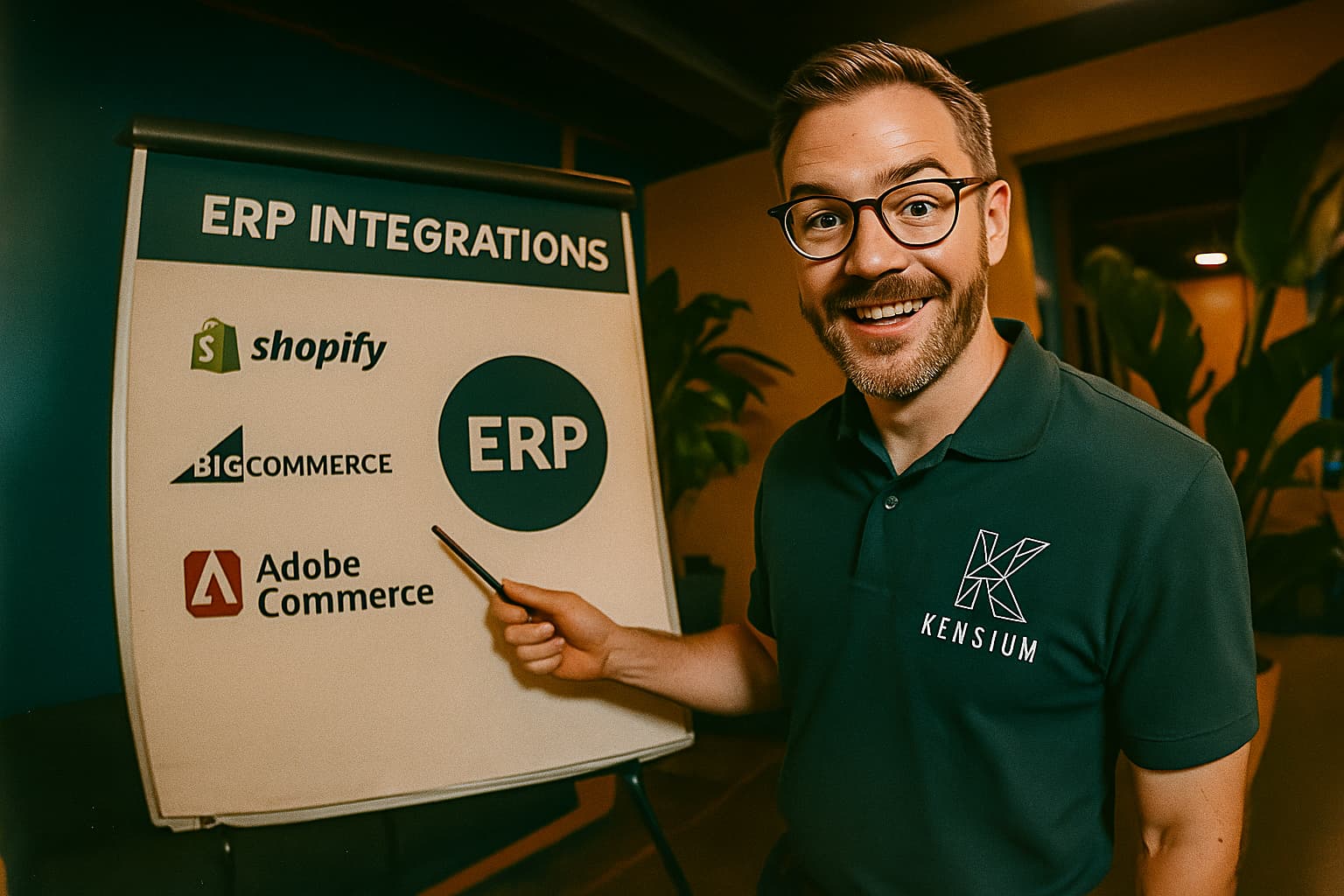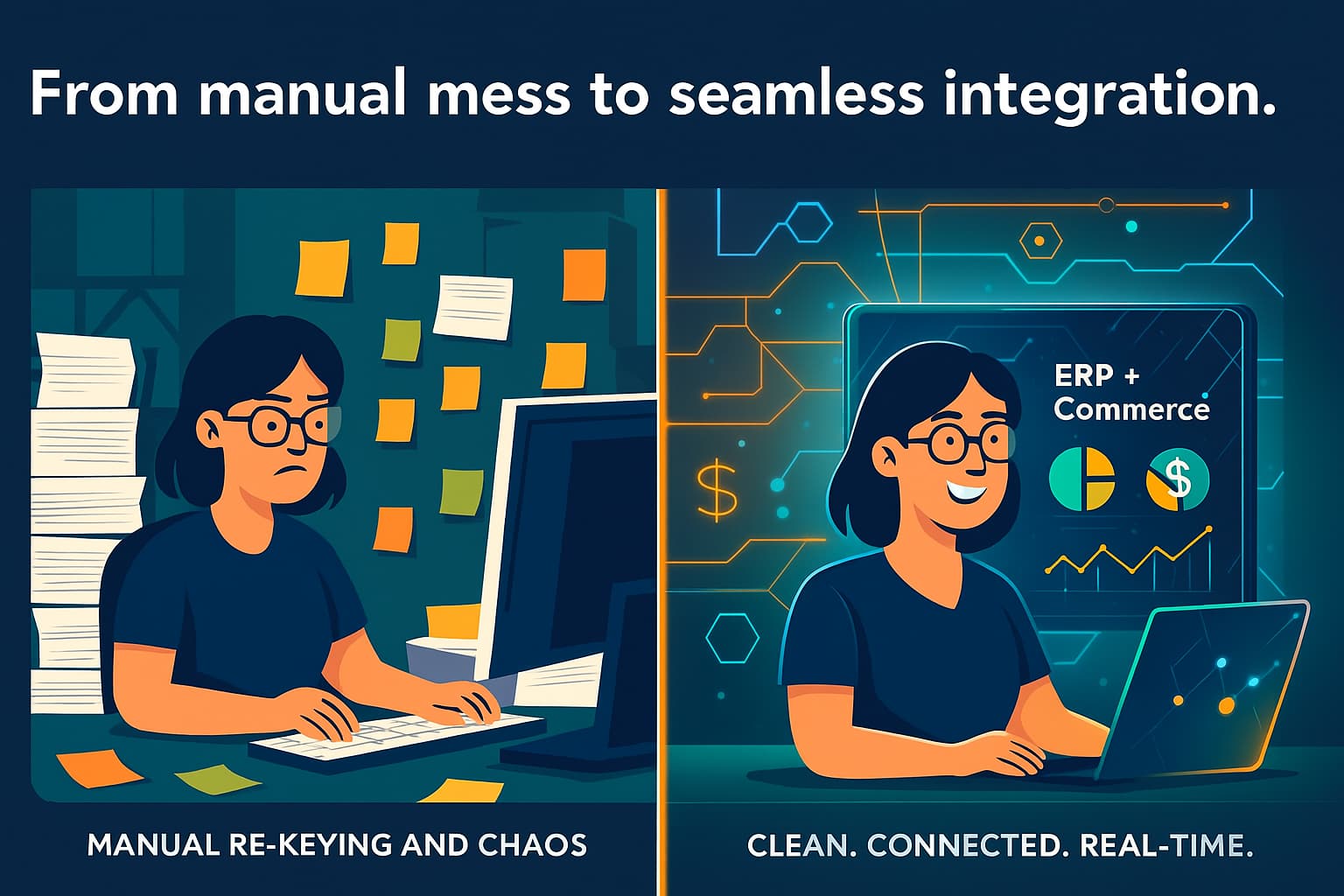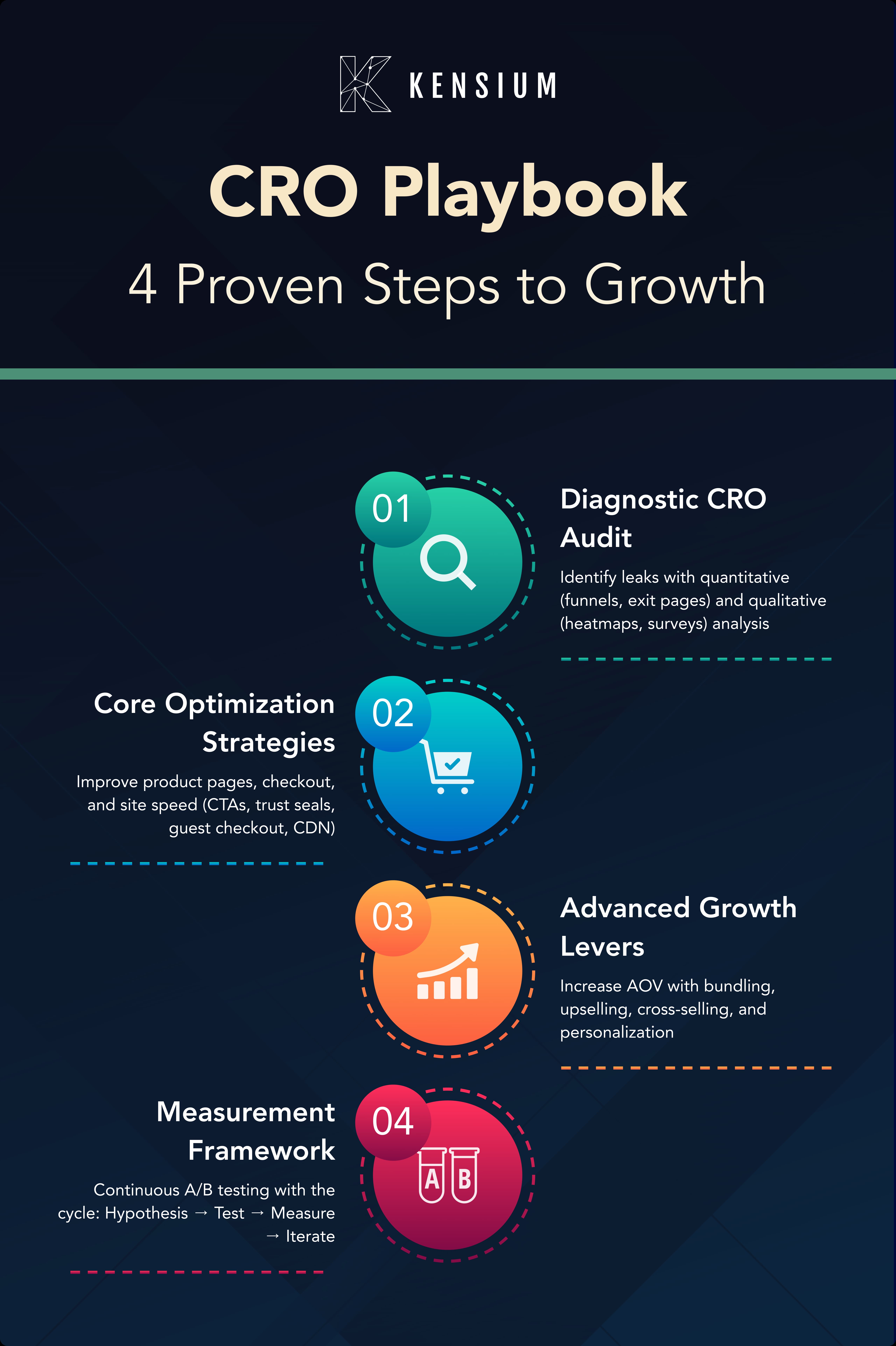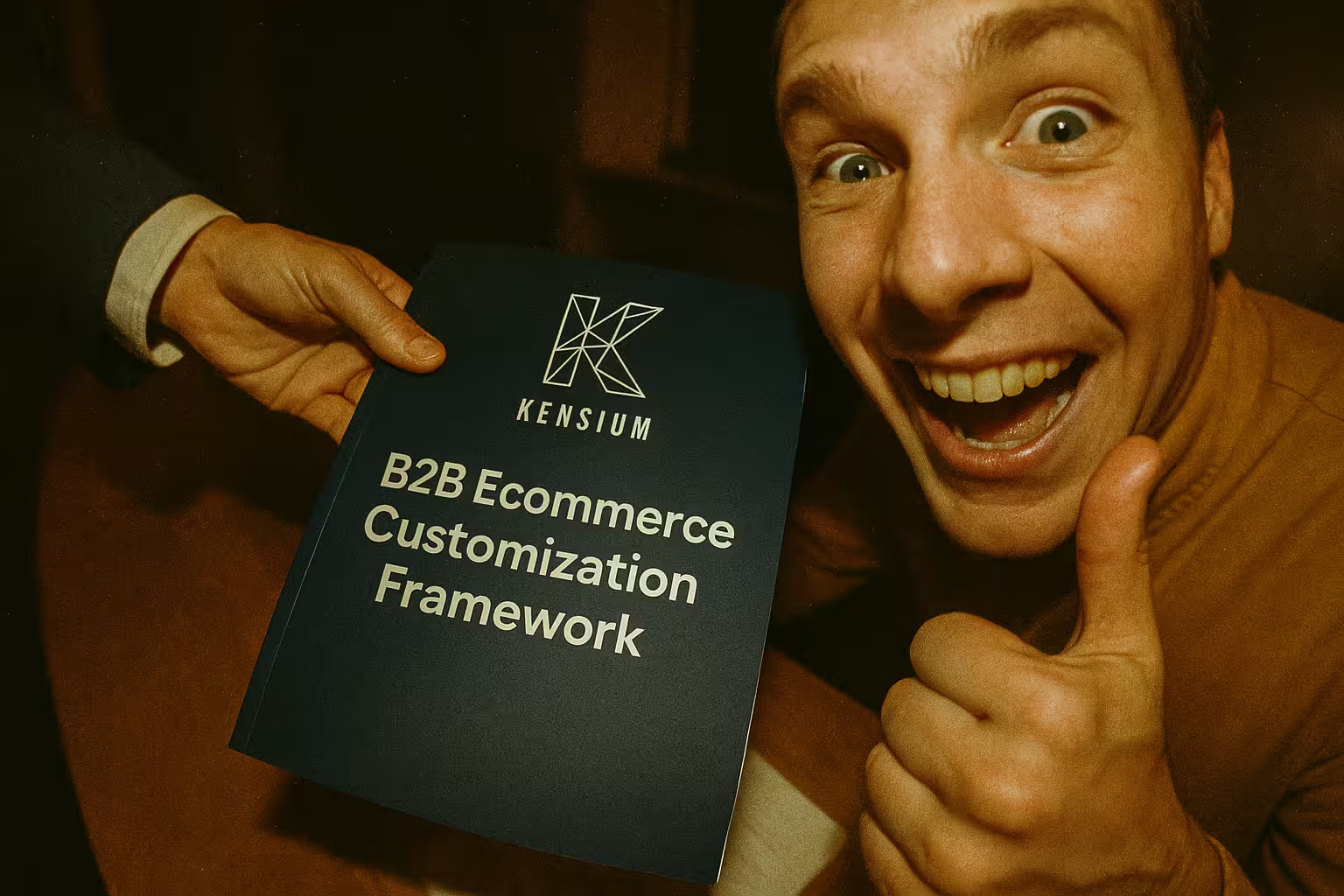
A tough decision for all the merchants migrating to Magento 2 will be deciding between Magento Open Source (OS) and Magento Commerce Edition. Each edition has its own set of pros and cons, detailed in this guide. The key takeaway is to take a hard look at your business requirements, the associated costs, and ROI as the critical factor when choosing a Magento 2 edition. We will also offer recommendations on what type of business would be best served by each solution.
Magento Open Source (Formerly Magento Community):
Magento OS is recommended for smaller, developing businesses, such as startups and online stores that want minimal expenses. However, if they have the time, money, and resources, larger B2C companies can still get quite a bit out of a fully customized Magento OS platform, while avoiding licensing fees and headaches.
THE PROS:
- Here’s the big one: Magento OS is free. Everyone can download and install it at no cost, and admin users can alter the software to meet the specific needs of their business. You will receive Magento’s essential capabilities, including checkout, payment, and shipping portals, catalog management, analytics, reporting, and more.
- If the basic features are not enough, you can extend functionality with specially designed models and extensions that you may purchase from the Magento Marketplace. Magento has a massive network of over 370,000 developers on its Community Hub.
- As an open source, cloud-based Platform as a Service (PaaS), developers can modify Magento’s website code to satisfy any design request. If you have dedicated developers and IT personnel on staff, the platform offers tremendous flexibility, which is useful if you want complete control over all aspects of your site.
THE CONS:
- The tradeoff here is time for money; Magento OS is free and can be tailored to any specification you want, but it will require proper staffing and time for you to implement your vision.
- You will need the support of skilled developers, preferably ones certified as Magento practitioners. It may take a little time and will cost some money to find and contract these developers.
- Currently, Magento OS does not support B2B functionality natively, but we have options to responsibly address those requirements. Many clients prefer a few smart customizations or modules, rather than adding the additional burden of Magento Commerce licensing fees. Kensium can advise you and help you make responsible, cost-effective choices.
Magento Commerce (Formerly Magento Enterprise):
Magento Commerce is a much more robust “out-of-the-box” solution. You will get every standard feature of Magento OS, and much more included. We recommend Magento Commerce for B2B merchants and larger companies with more complex requirements.
THE PROS:
- It is offered as an on-premise solution or as a platform-as-a-service cloud-hosted solution, but the codebase of both versions is approximately the same.
- Magento Commerce offers seamless integration with third-party systems and extensions. The Magento APIs currently support accounting, ERP, CRM, PIM, and marketing automation systems out of the box.
- The Content Staging feature allows you and your marketing team to create, preview, and schedule content updates directly from the Admin dashboard of your website. For example, you can use content staging to develop pages that dynamically change throughout the year based on certain days you schedule far in advance. It’s great for holiday promotions.
THE CONS:
- Magento Commerce requires a license, so it is a bit pricier; you will have a license fee that typically starts at $24,000 per year. Again, we are talking about a tradeoff between time and money. Commerce edition is more expensive than OS but has almost everything configured and available from the beginning, so there is less need for development work.
- Commerce edition allows owners to code, test, and deploy features across three different environments, which is excellent for managing feature production but does potentially result in more bugs. Three different environments mean three times the likelihood of bugs in the code.
To summarize the primary differences between the two platforms, we have created this chart for easy reference. Keep in mind that it is possible to get the unchecked features for Magento OS, but it will require development work or purchases of third-party extensions:








.png)











































































